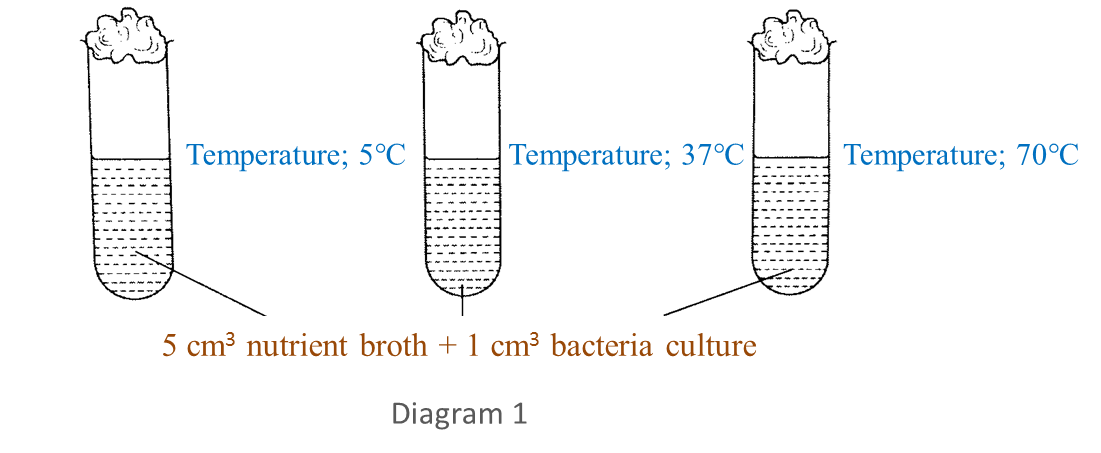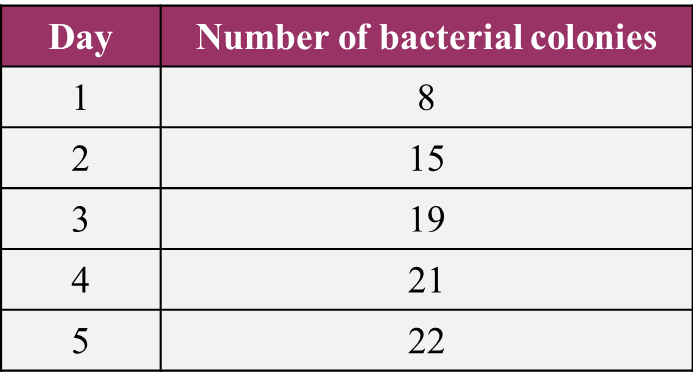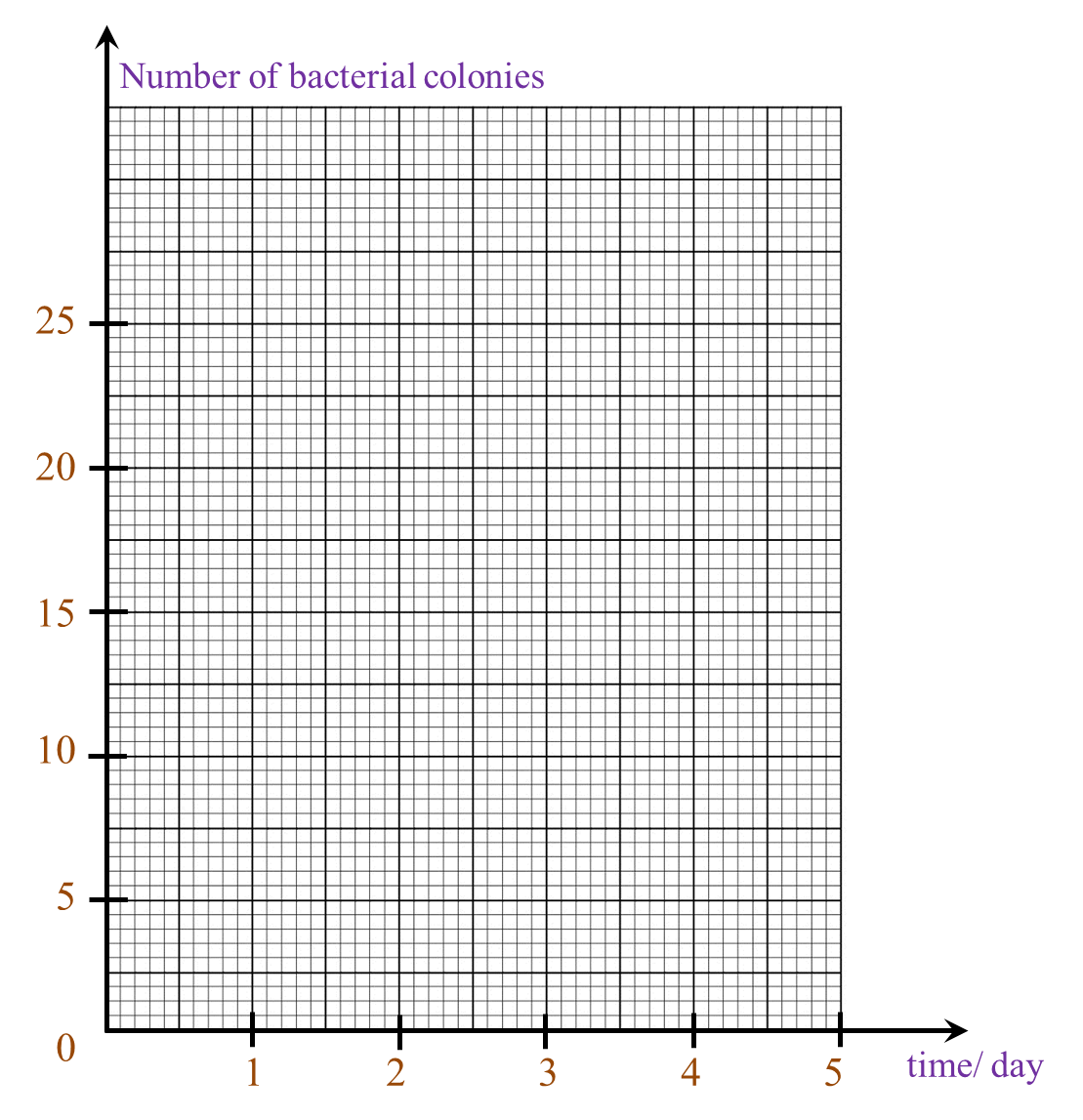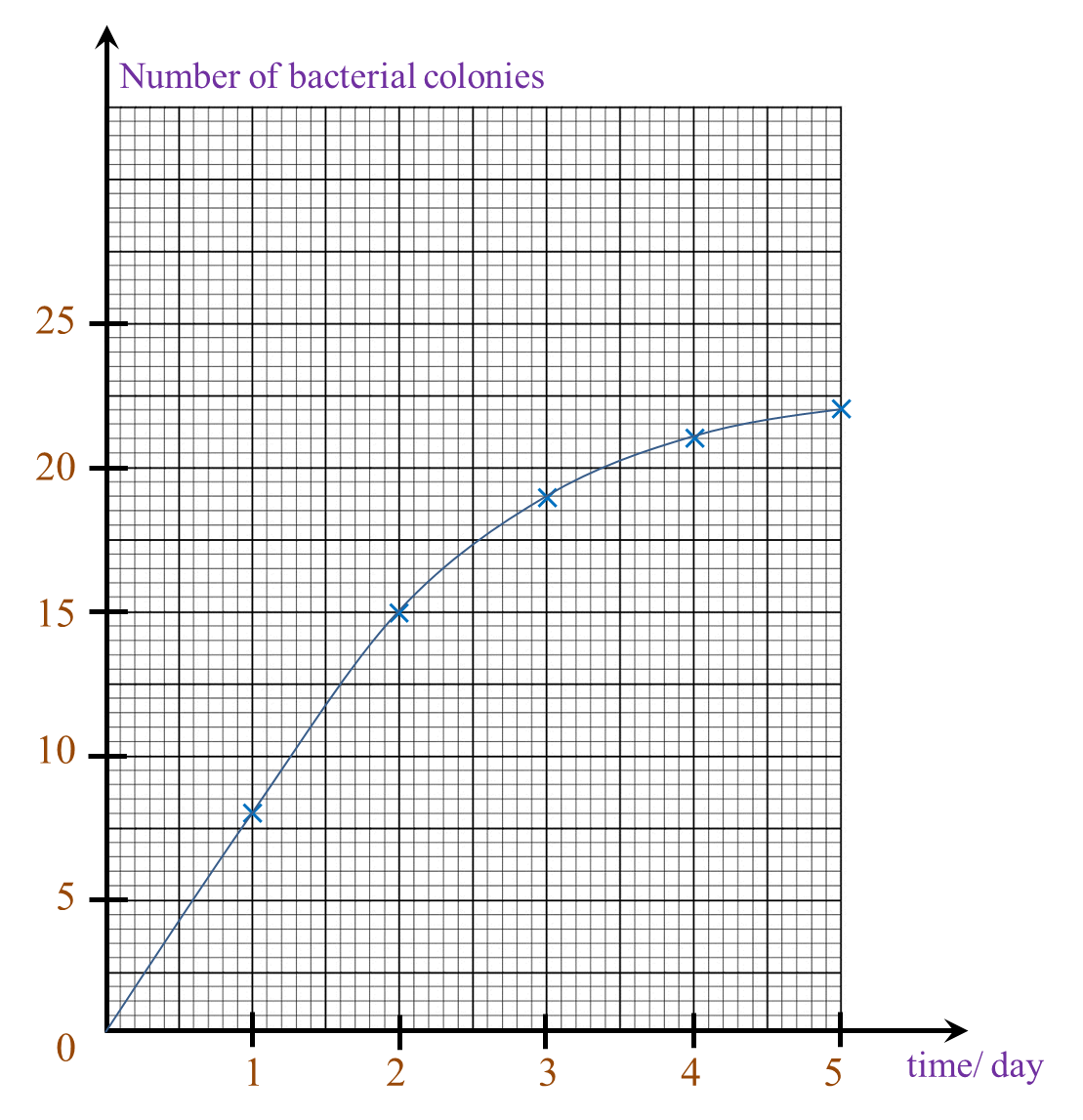Question 1:
Diagram 1 shows an experiment to study the effect of temperature on the growth of bacteria.

After 2 days, the appearance of the nutrient broth in each test tube is observed. The result recorded is shown in Table below.

(a) State the variables in this experiment.
(i) Manipulated variable [1 mark]
(ii) Responding variable [1 mark]
(b) State the hypothesis for this experiment. [1 mark]
(c) State the inference that can be made based on this experiment. [1 mark]
(d) Based on this experiment, state the operational definition for bacteria. [1 mark]
Answer:
(a)(i) Temperature
(a)(ii) Growth of bacteria
(b) A suitable temperature is essential for the growth of bacteria.
(c) Bacteria growth very fast at 37oC
(d) Bacteria are tiny living organisms which grow and reproduce themselves under a suitable temperature.
Diagram 1 shows an experiment to study the effect of temperature on the growth of bacteria.

After 2 days, the appearance of the nutrient broth in each test tube is observed. The result recorded is shown in Table below.

(a) State the variables in this experiment.
(i) Manipulated variable [1 mark]
(ii) Responding variable [1 mark]
(b) State the hypothesis for this experiment. [1 mark]
(c) State the inference that can be made based on this experiment. [1 mark]
(d) Based on this experiment, state the operational definition for bacteria. [1 mark]
Answer:
(a)(i) Temperature
(a)(ii) Growth of bacteria
(b) A suitable temperature is essential for the growth of bacteria.
(c) Bacteria growth very fast at 37oC
(d) Bacteria are tiny living organisms which grow and reproduce themselves under a suitable temperature.
Question 2:
In an experiment, a bacteria Basillus subtilis is cultured in a petri dish containing nutrient agar for five days at 37 oC.
The results of the experiment is shown in the Table.

(a) Using data in the Table, draw a graph of the number of bacterial colonies against time. [2 marks]

(b) What is the relationship between the number of bacterial colonies and time? [1 mark]
(c) Predict the number of bacterial colonies produced on the 6th day. [1 mark]
Answer:
(a)

In an experiment, a bacteria Basillus subtilis is cultured in a petri dish containing nutrient agar for five days at 37 oC.
The results of the experiment is shown in the Table.

(a) Using data in the Table, draw a graph of the number of bacterial colonies against time. [2 marks]

(b) What is the relationship between the number of bacterial colonies and time? [1 mark]
(c) Predict the number of bacterial colonies produced on the 6th day. [1 mark]
Answer:
(a)

(b) The number of bacterial colonies increases with time.
(c) 22 or 23